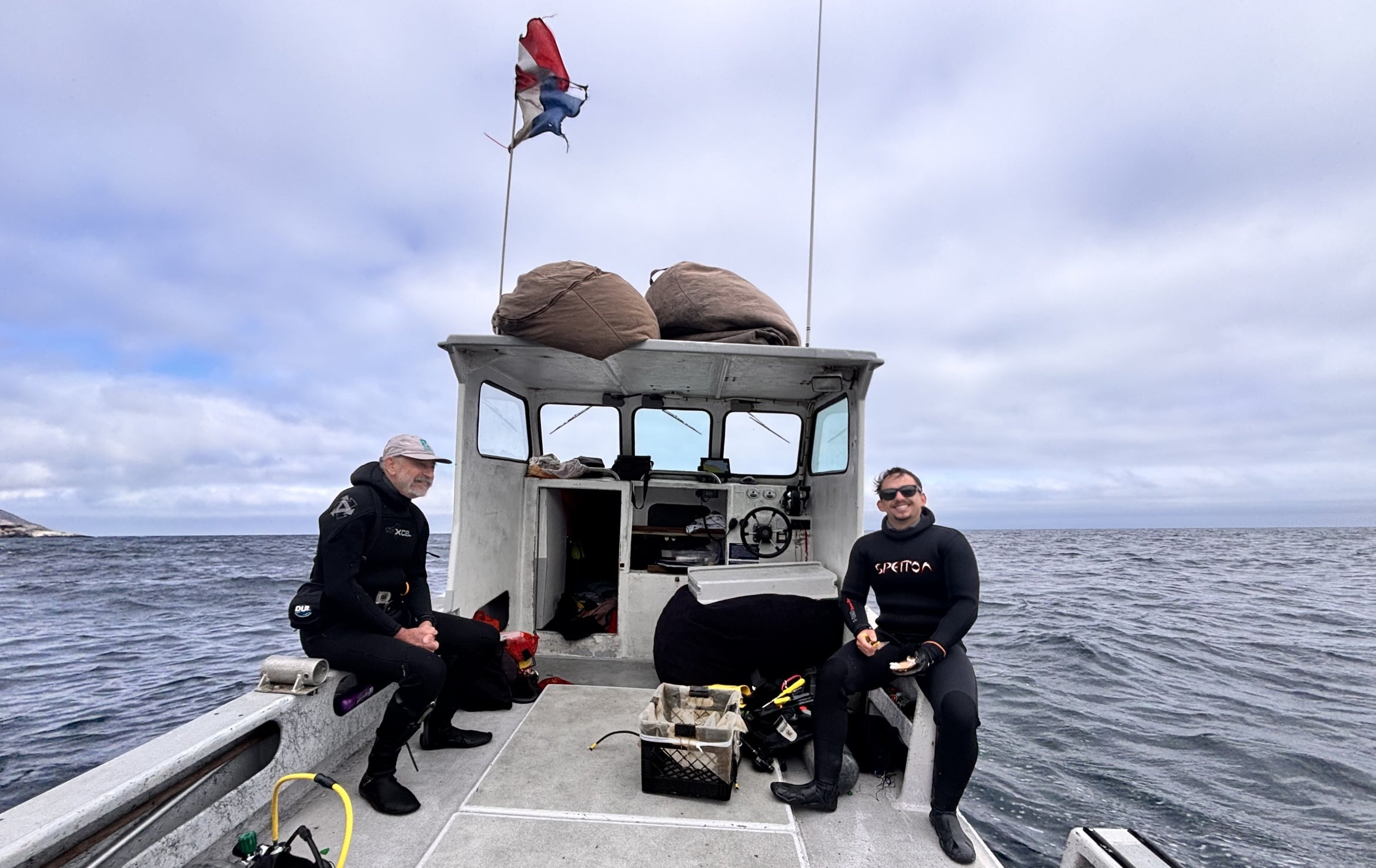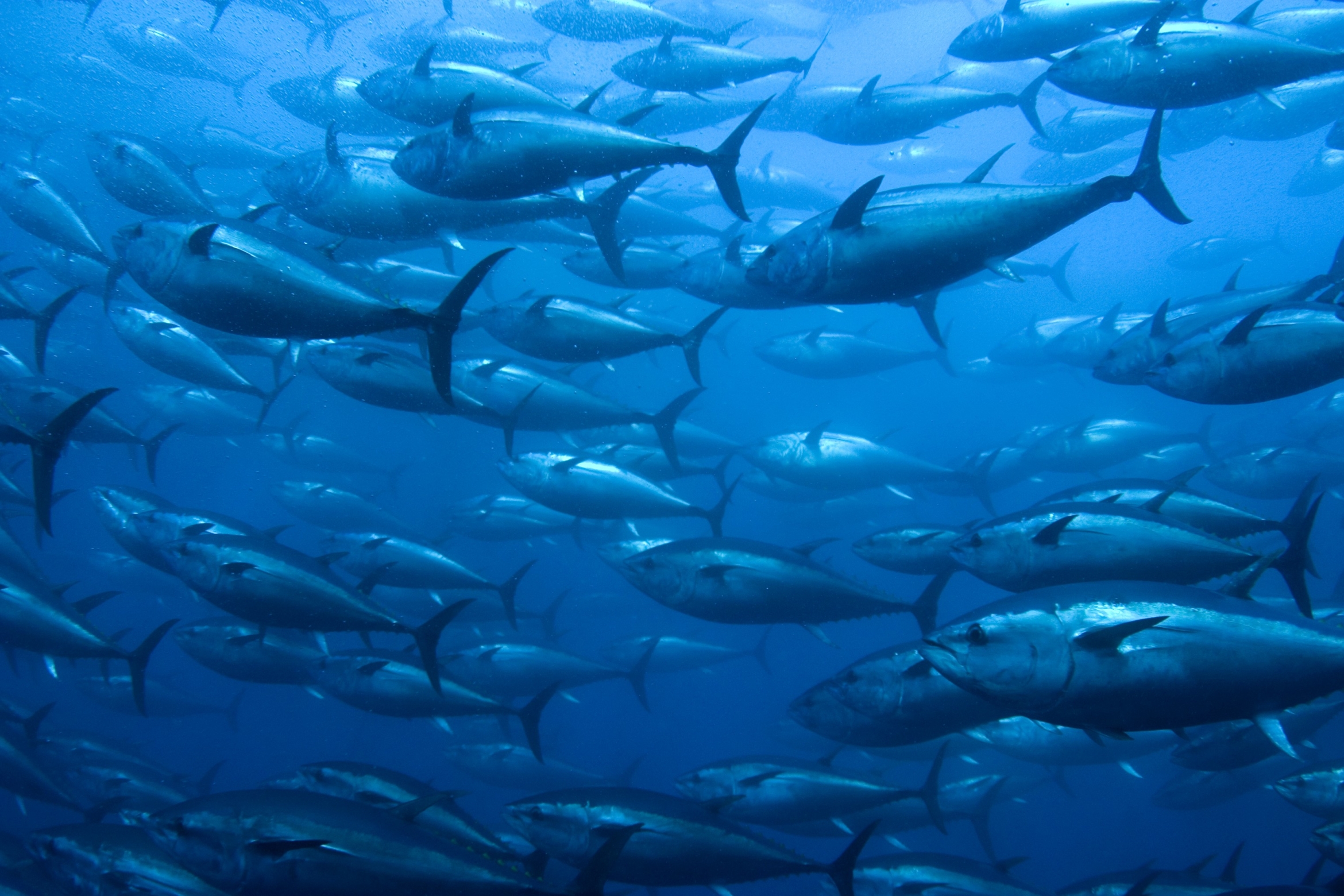What's Current in
Ocean and Beaches
On the water and on the sand, our research explores ocean health and evolution so we can better understand how to protect and preserve the largest area of Earth.
Image
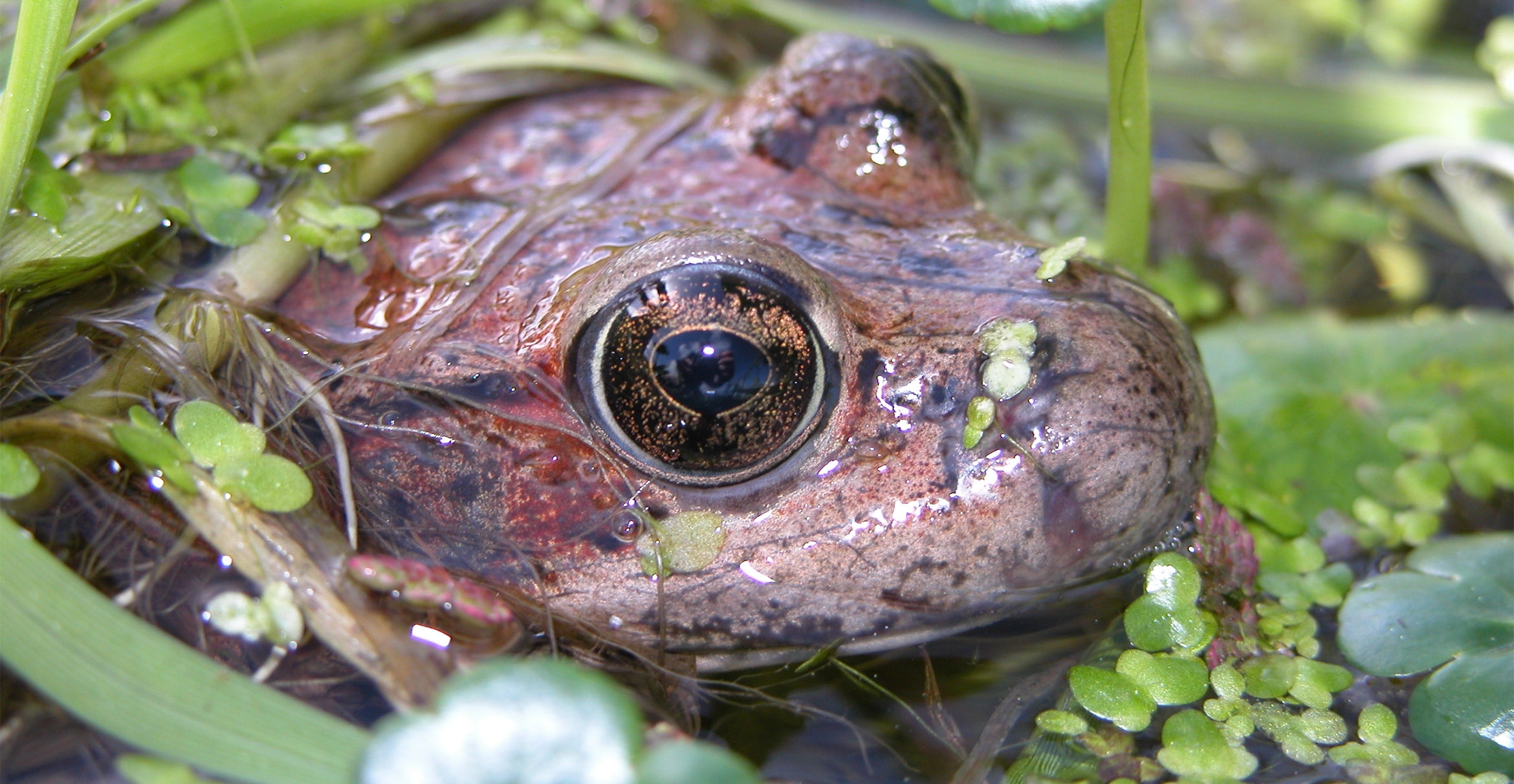
Photo Credit
Gary M. Fellers/USGS
California red-legged frog (Rana draytonii) surfaces in a pond in Point Reyes National Seashore, Calif.
Image

Photo Credit
E. Lyman/ NOAA Sanctuaries
Less gear in the water means fewer chances for Whales to become entangled.
Image
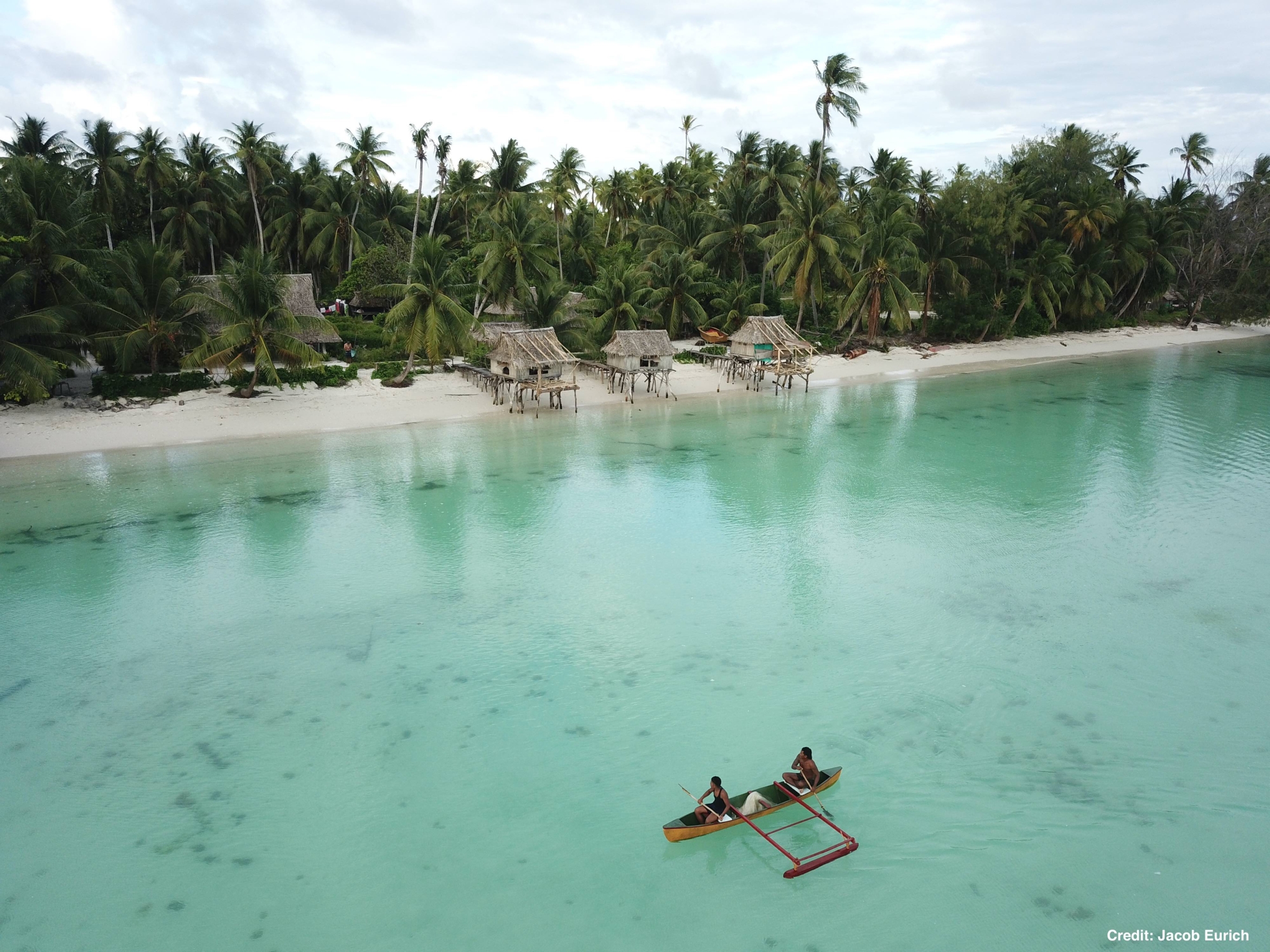
Photo Credit
Jacob Eurich
Fishers coming home on a paddle canoe after fishing on the fore reefs of Abaiang, Kiribati
Image
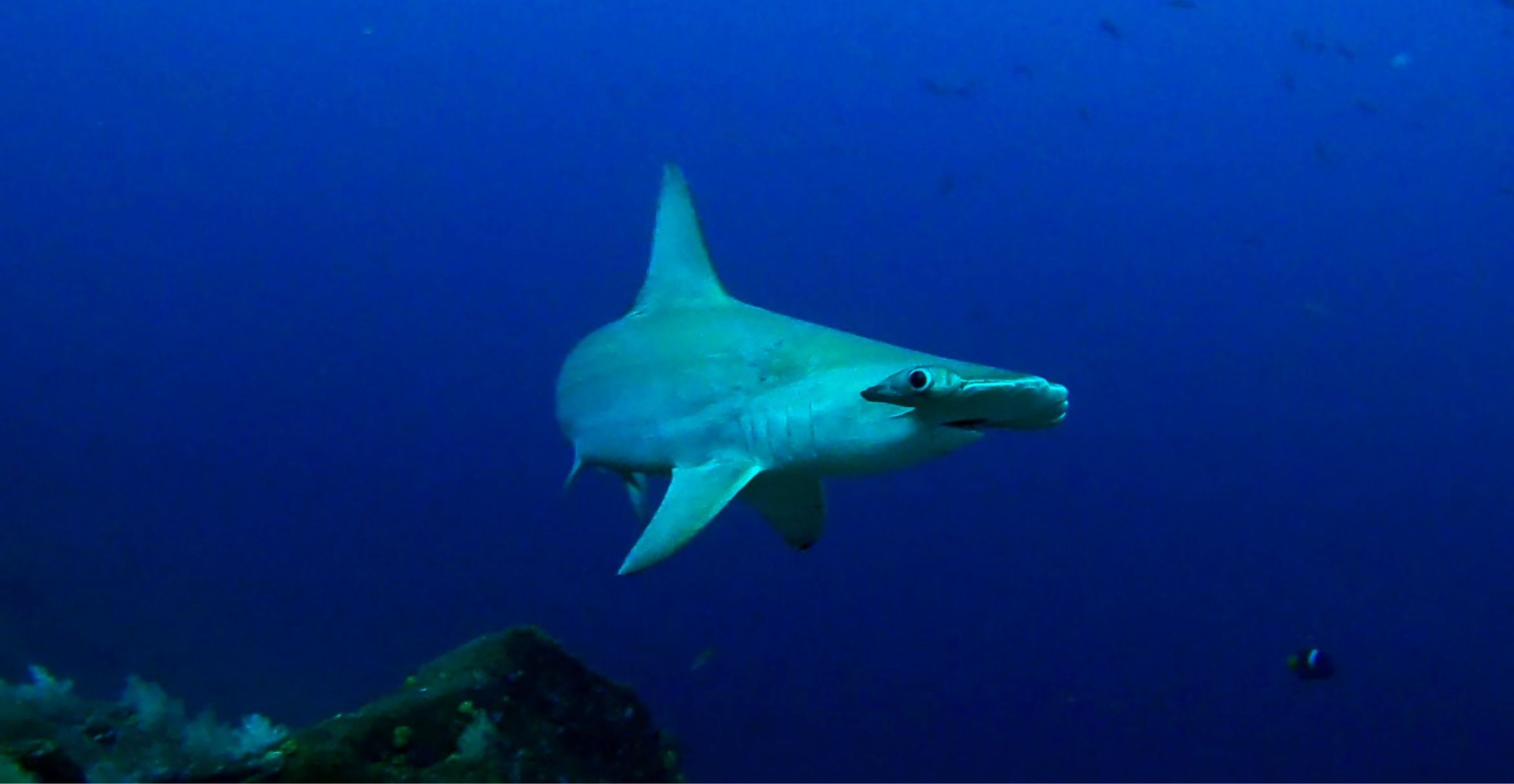
Photo Credit
Lopazanski et al.
The Galapagos Marine Reserve is one of many marine protected areas around the globe that safeguards biodiversity, cultural heritage and marine resources.
Image
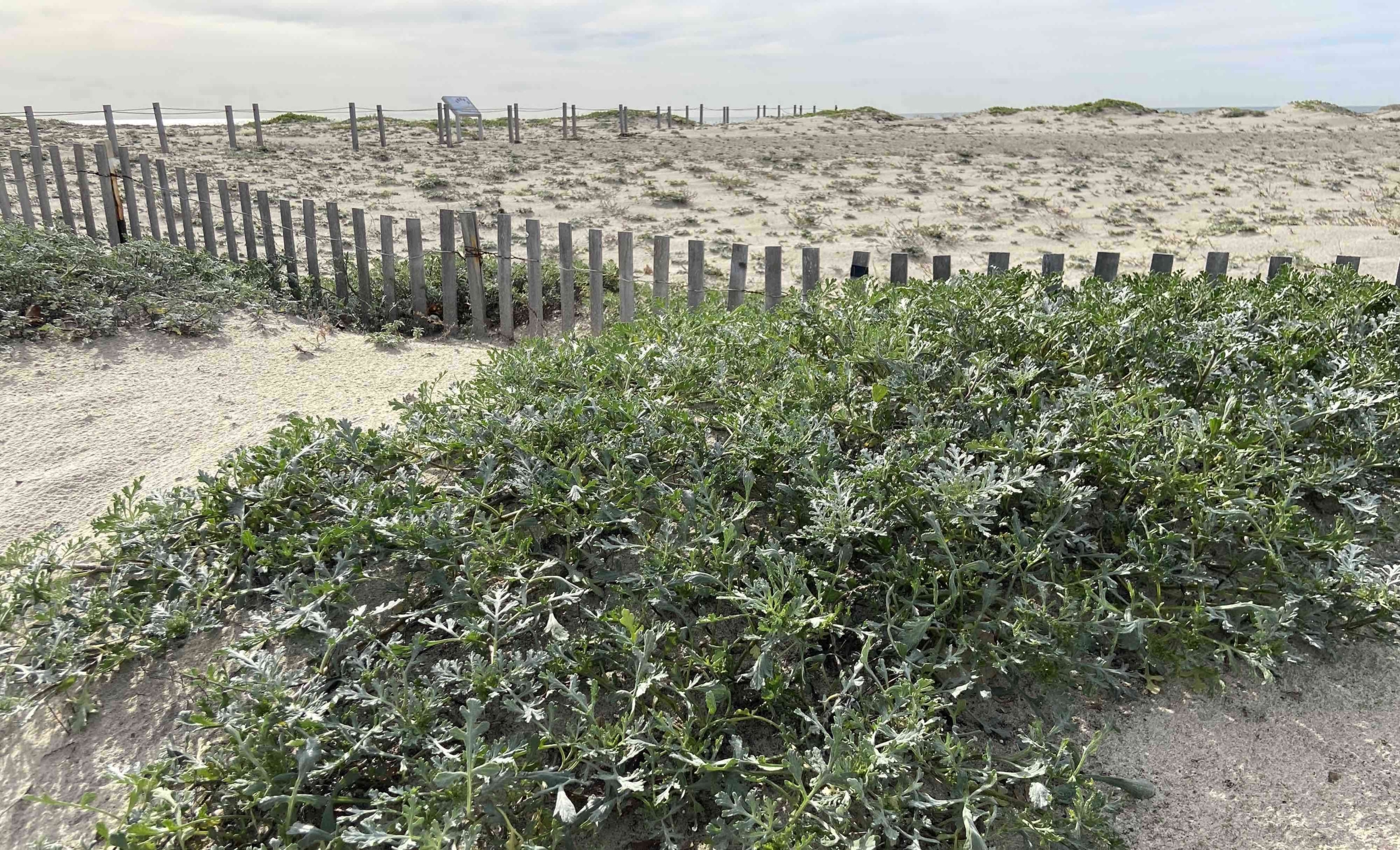
Photo Credit
Karina Johnston
Beach bur, a native plant that helped to form dunes on a section of Santa Monica Beach in Los Angeles
Image
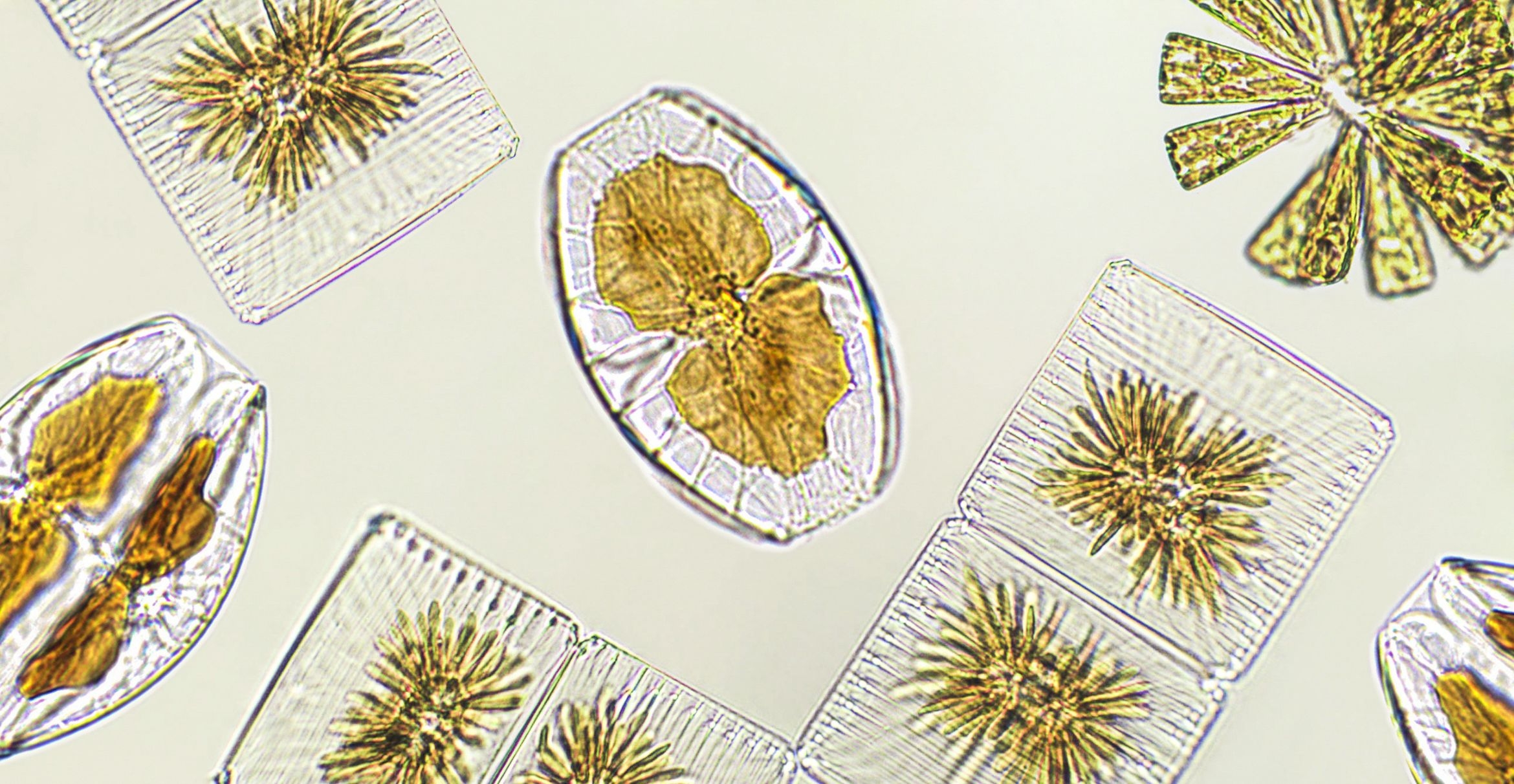
Photo Credit
Elif Bayraktar via iStock
Diatoms are one of the largest groups of phytoplankton, which serve as a foundation of the ocean’s food web.
Image
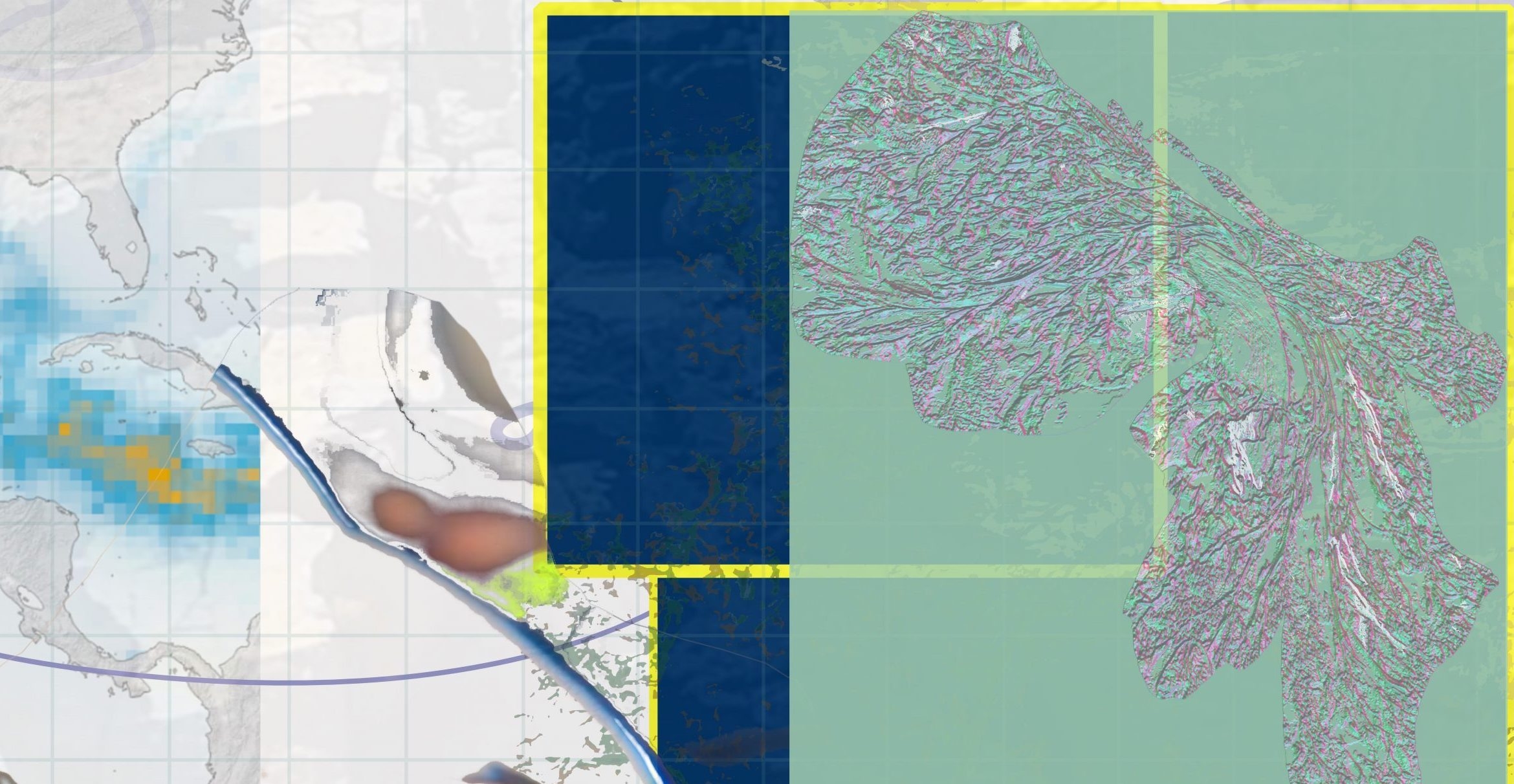
Photo Credit
Angela YT Chan
Angela YT Chan's collage series is featured in the "Holding Sway" collection of photo essays
Image
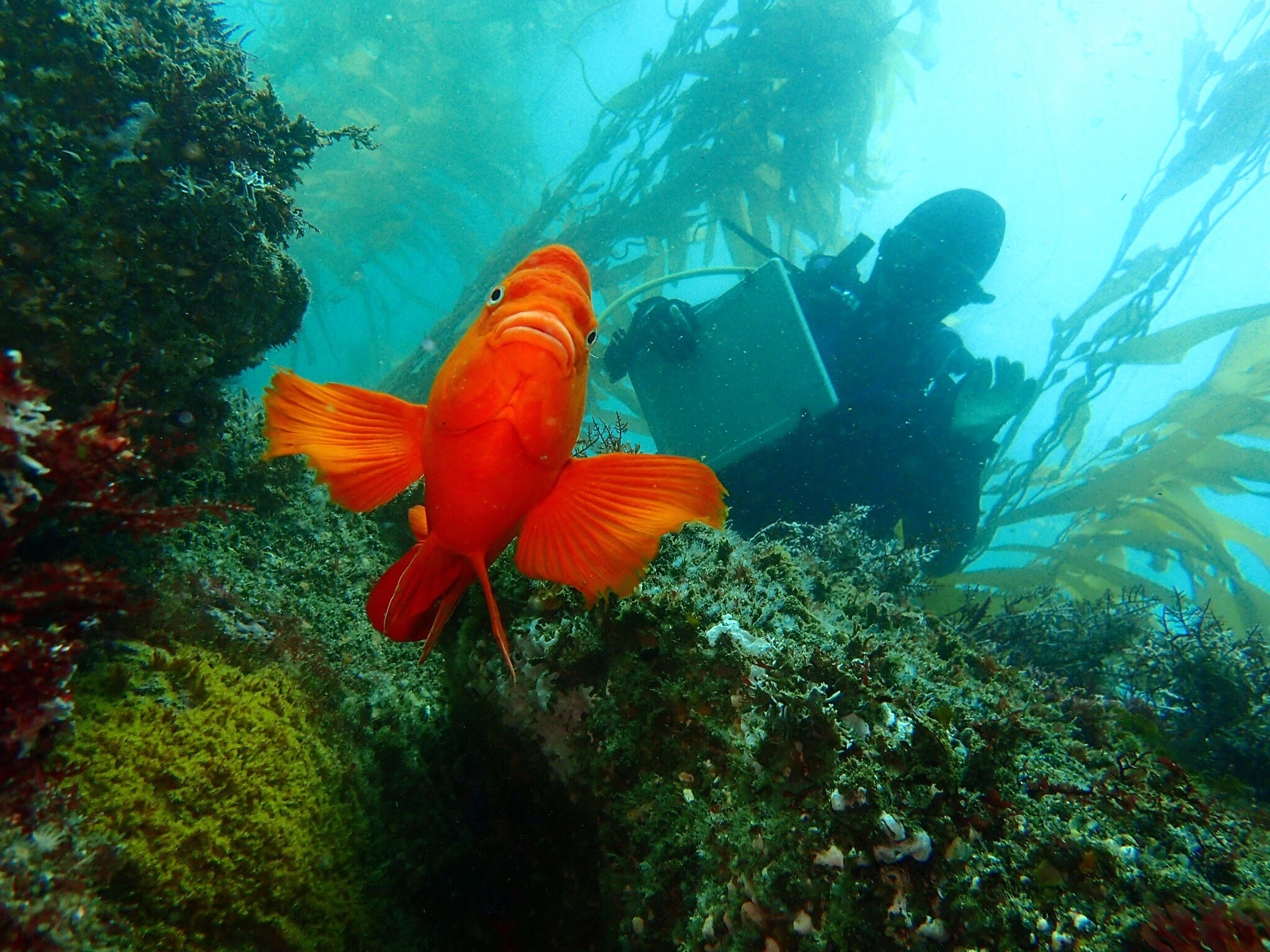
Photo Credit
Chris Honeyman
A research diver conducts periodic monitoring of a kelp forest marine protected area
Image
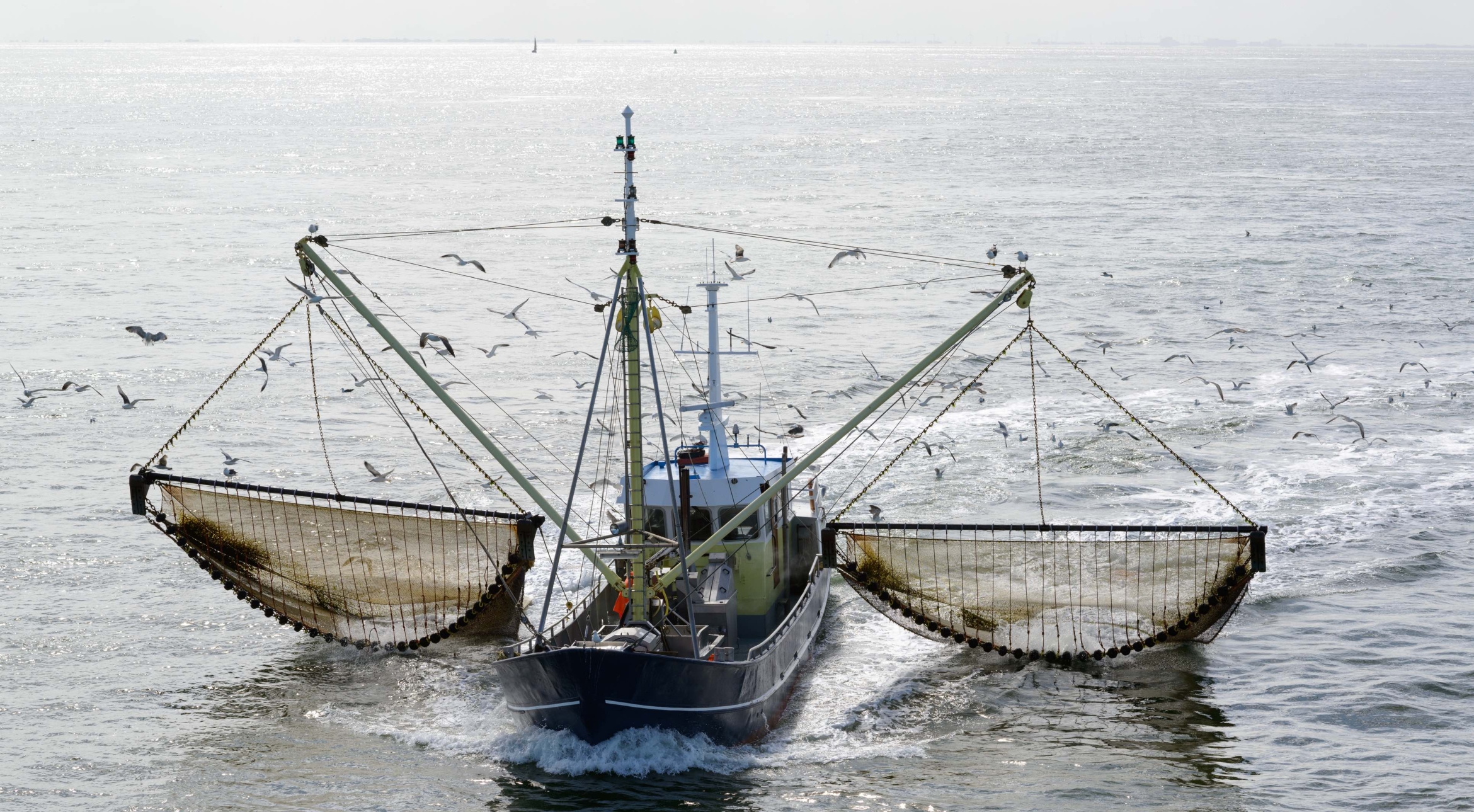
Photo Credit
Split Second Stock
Fishermen and regulatory agencies will need to adapt when marine heatwaves impact the ranges and population levels of targeted species.
Image
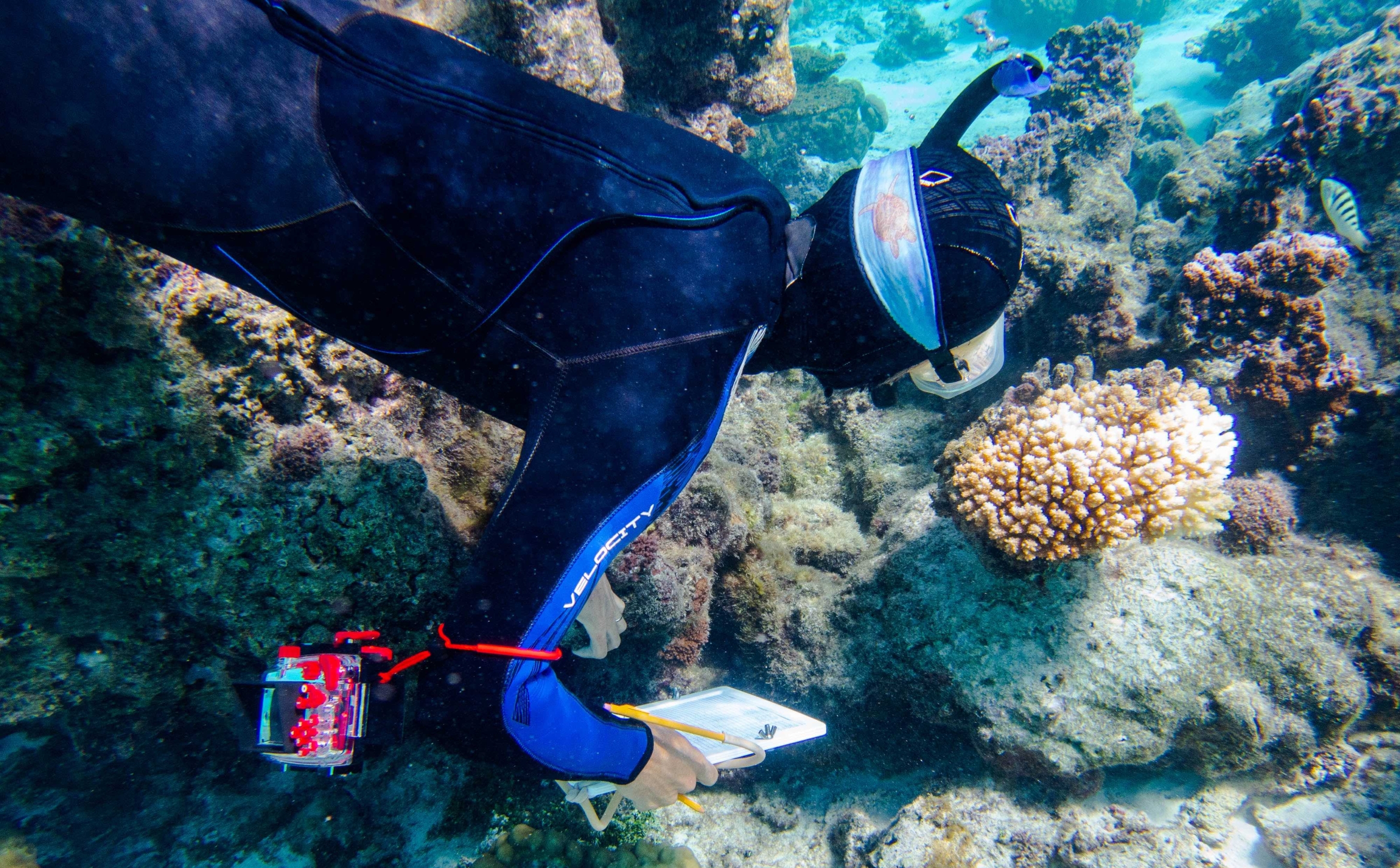
Photo Credit
Jeff Liang
Professor Deron Burkepile observes coral in the process of bleaching in the reefs around Moorea.
